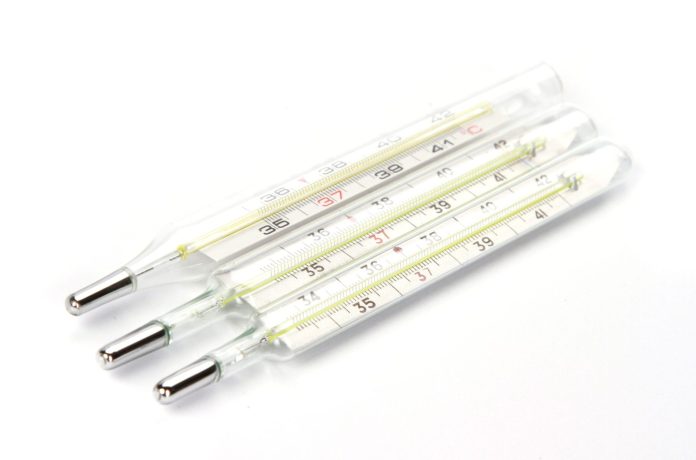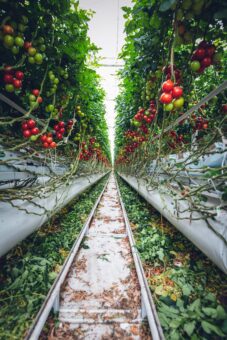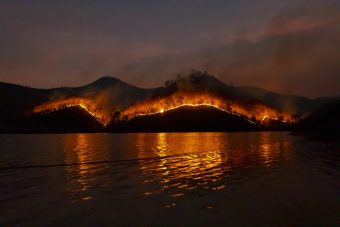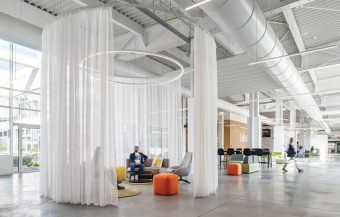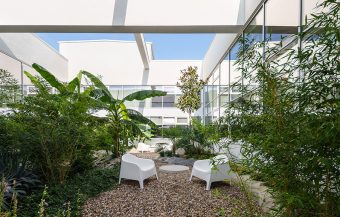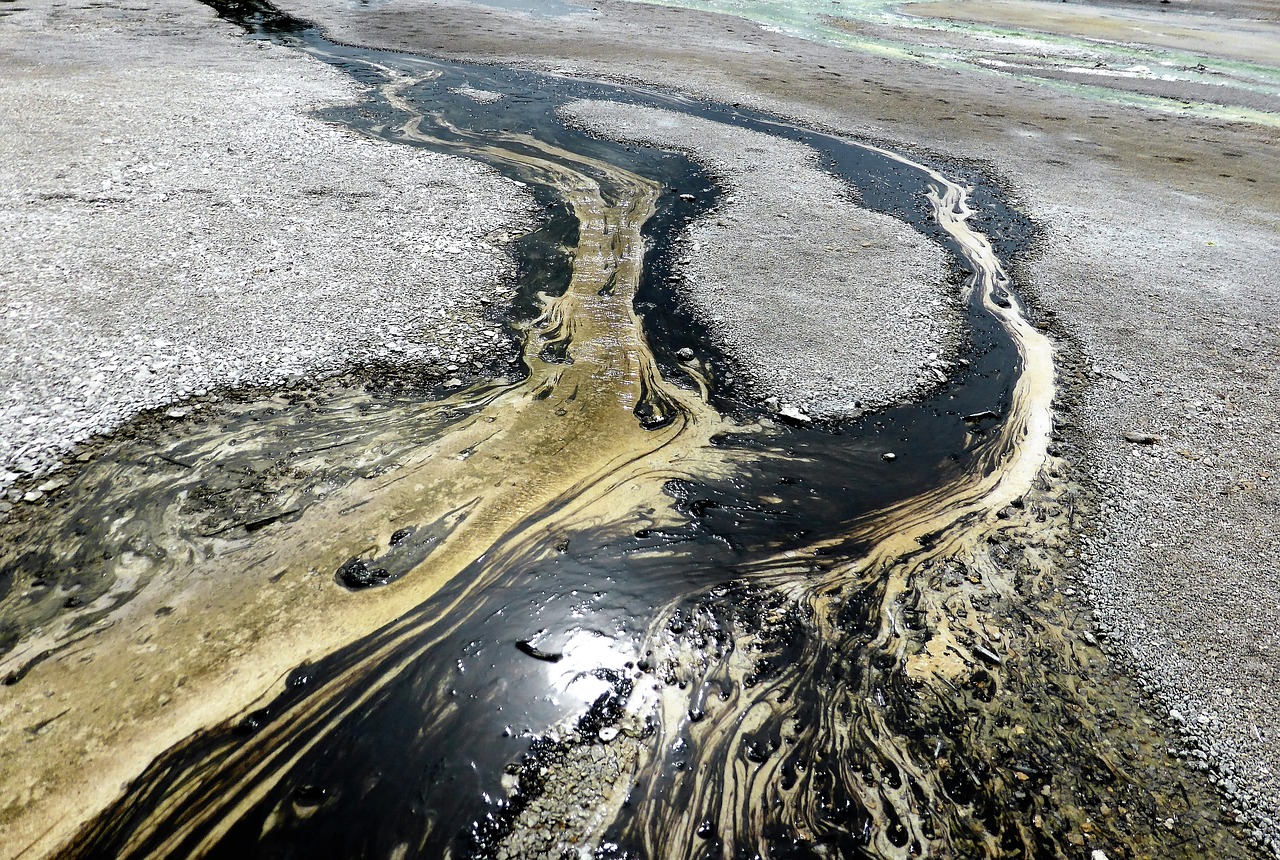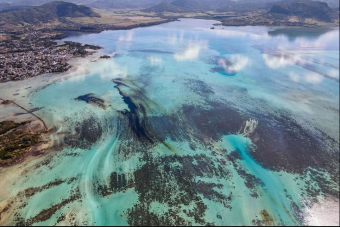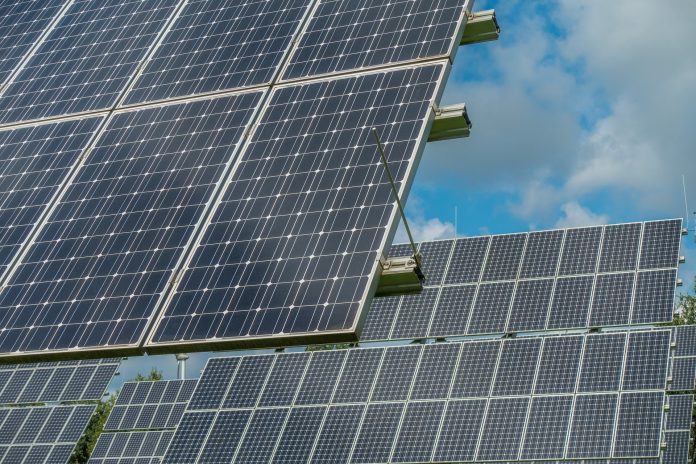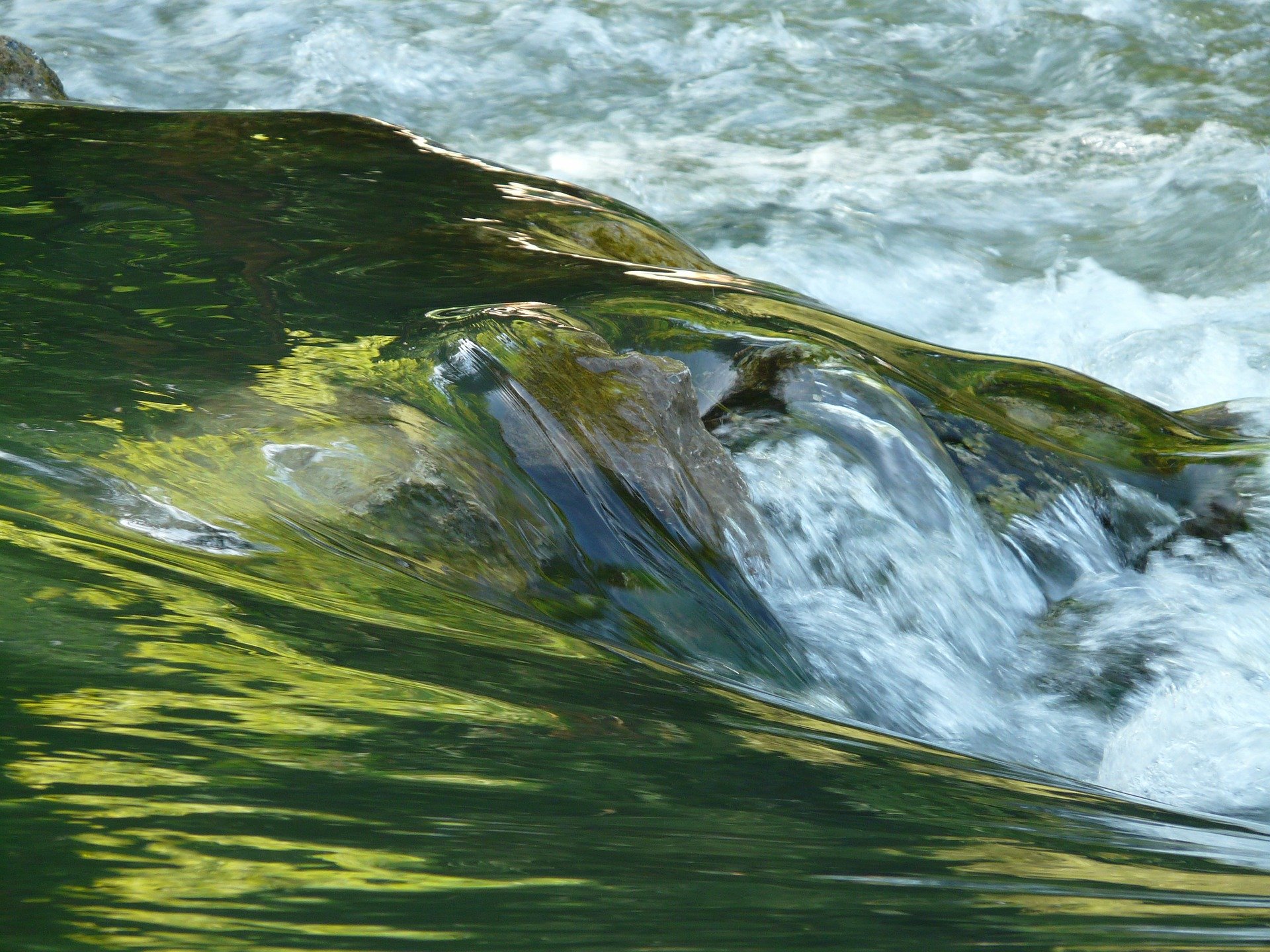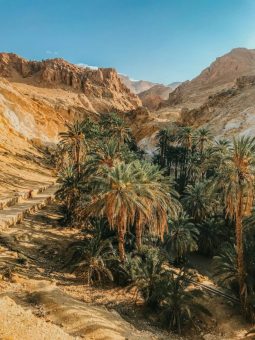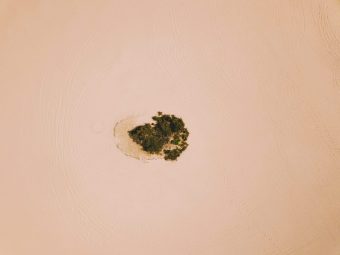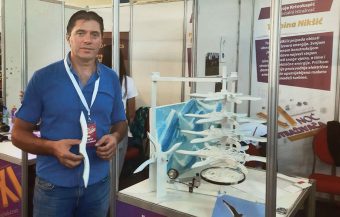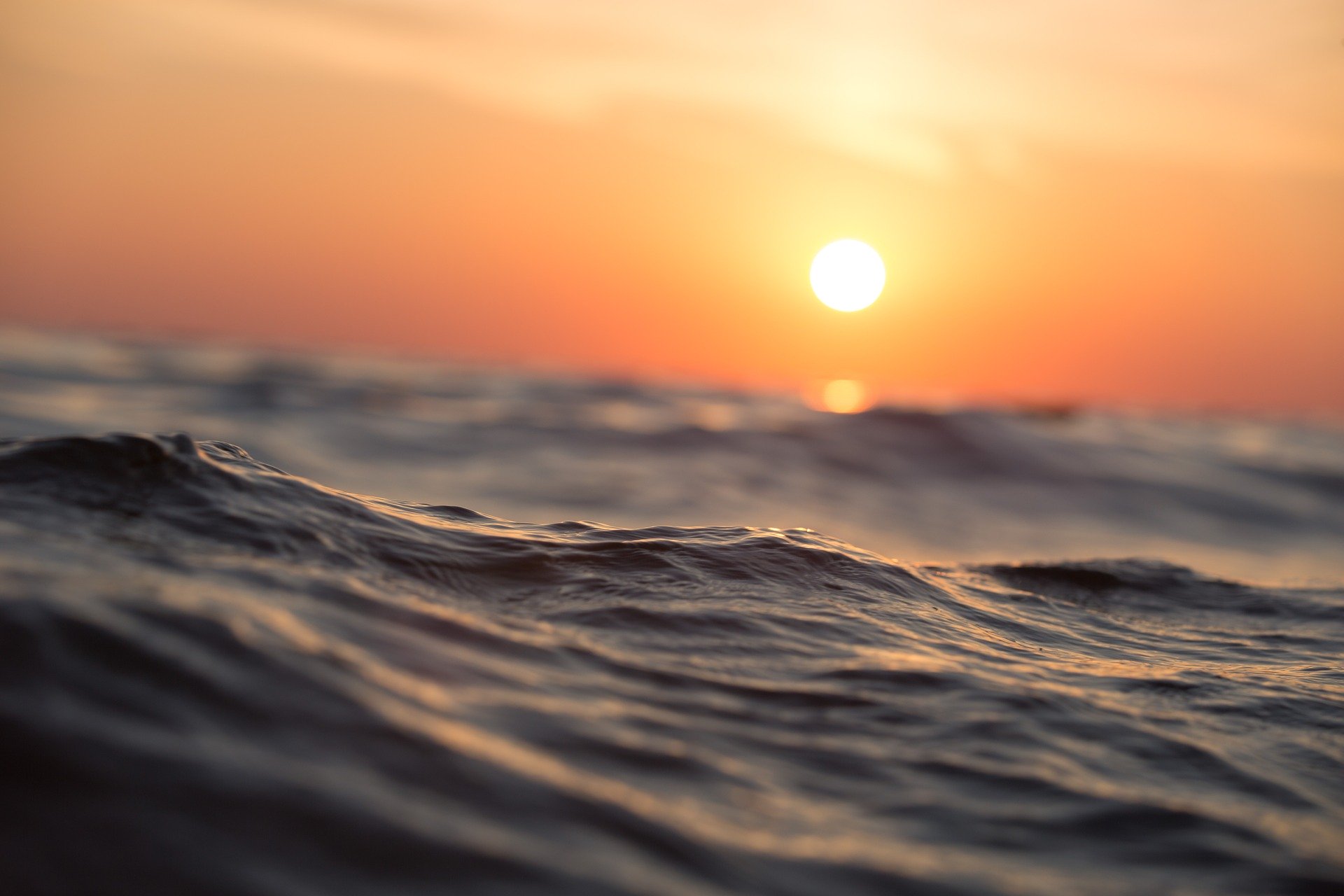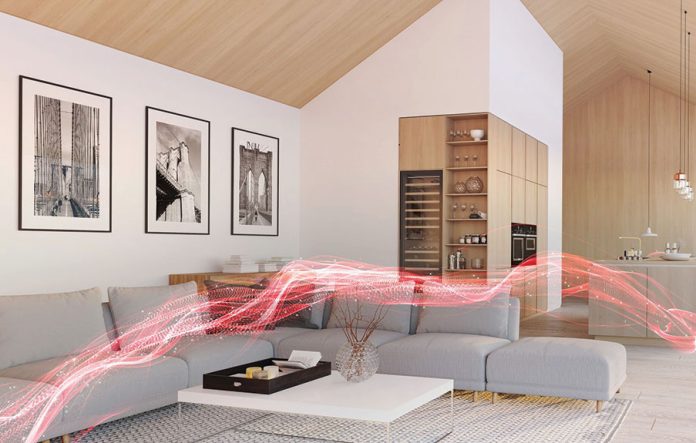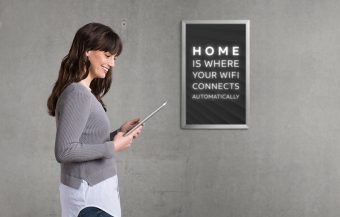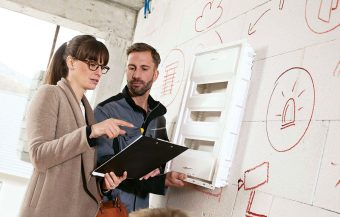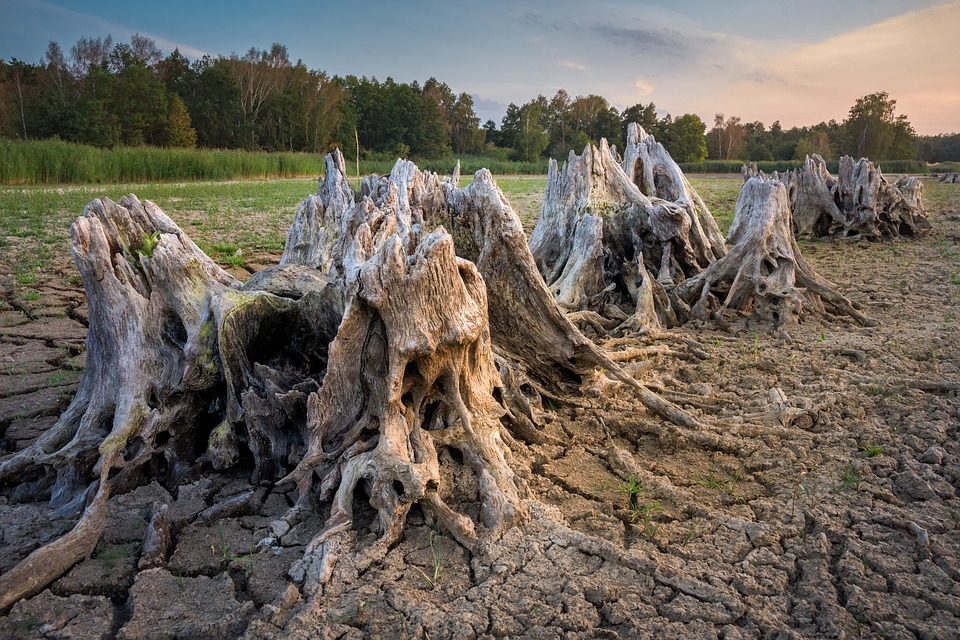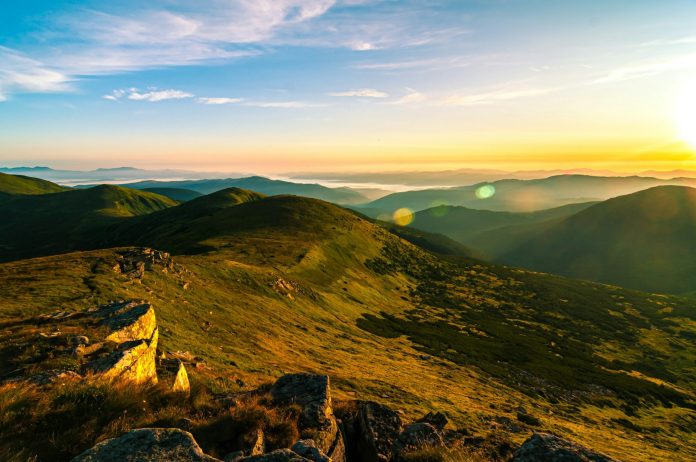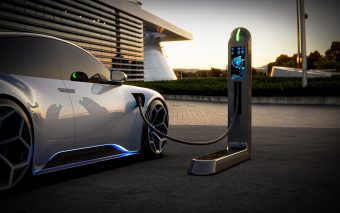
Although many countries have announced a ban on the import and production of conventional vehicles as targets for 2030 or 2050, Ethiopia is the first country in the world to actually ban the import of fossil fuel-powered cars and switch entirely to electric vehicles.
As reported, in late January this year, the Ethiopian Ministry of Transport announced that a ban on the import of conventional vehicles would come into effect, while the Government of Ethiopia announced a plan to import close to half a million electric vehicles and install over 2,000 charging stations in the next 10 years.
Although the number of registered motor vehicles in Ethiopia is relatively small (about 1.2 million in a population of 126 million people, according to the 2020 data collated by the country’s Ministry of Transport), Ethiopia is determined to completely switch to environmentally friendly vehicles and thereby reduce traffic-generated pollution.
An additional reason for this transition lies in the fact that Ethiopia imports about 6 billion US dollars worth of fossil fuels annually, half of which goes to fuel vehicles. On the other hand, the country has extremely cheap electricity (the price of one kWh is about 1 US dollar for individual consumption and about 2 US dollars for industry), so switching to electric vehicles is also a money-saving measure.
More:
- EU NEEDS 8 TIMES MORE CHARGING POINTS PER YEAR BY 2030 TO MEET CO2 TARGETS
- WHICH EU COUNTRIES HAVE MET THE TARGETS FOR PUBLIC CHARGERS?
- ONE IN FOUR EVS SOLD IN EUROPE THIS YEAR WILL BE MADE IN CHINA – ANALYSIS
Close to 100 per cent of electricity comes from renewable sources
Ethiopia is very active in implementing the energy transition and in recent years has added significant wind, solar, geothermal and hydropower capacities to its energy mix. About 90 per cent of electricity production in Ethiopia comes from hydropower plants, while wind and thermal sources have an eight and two per cent share, respectively, in the country’s power production, writes OilPrice.
Ethiopia’s current 5,200 MW of installed generation capacity supplies less than 60 per cent of the population, so the government intends to increase electricity generation capacity to 17,000 MW in the next 10 years.
One of the priorities is also the construction of the Great Renaissance Dam of Ethiopia, which thanks to an installed capacity of 5,150 MW, should serve as a driving force behind industrialization and economic development.



